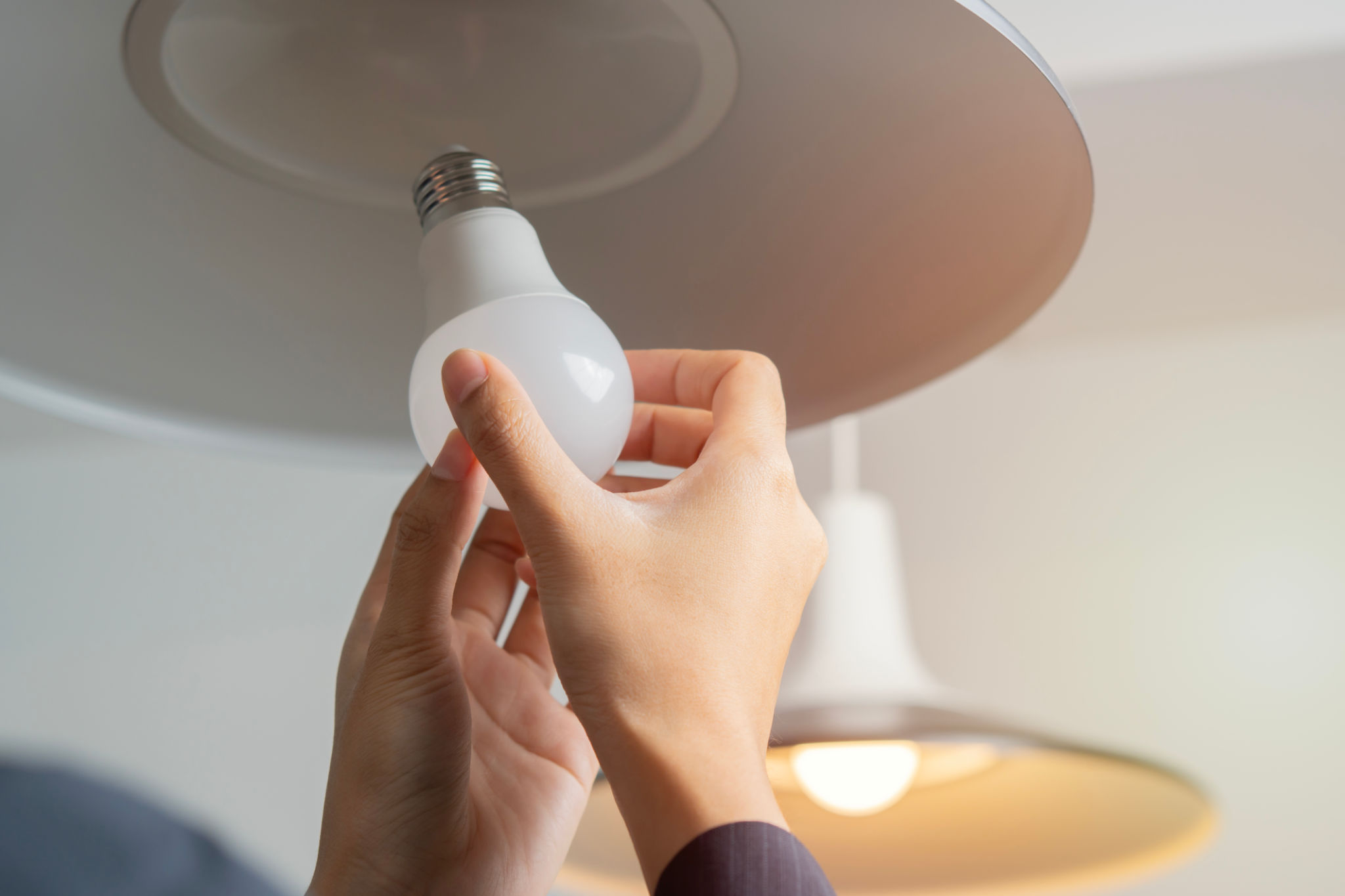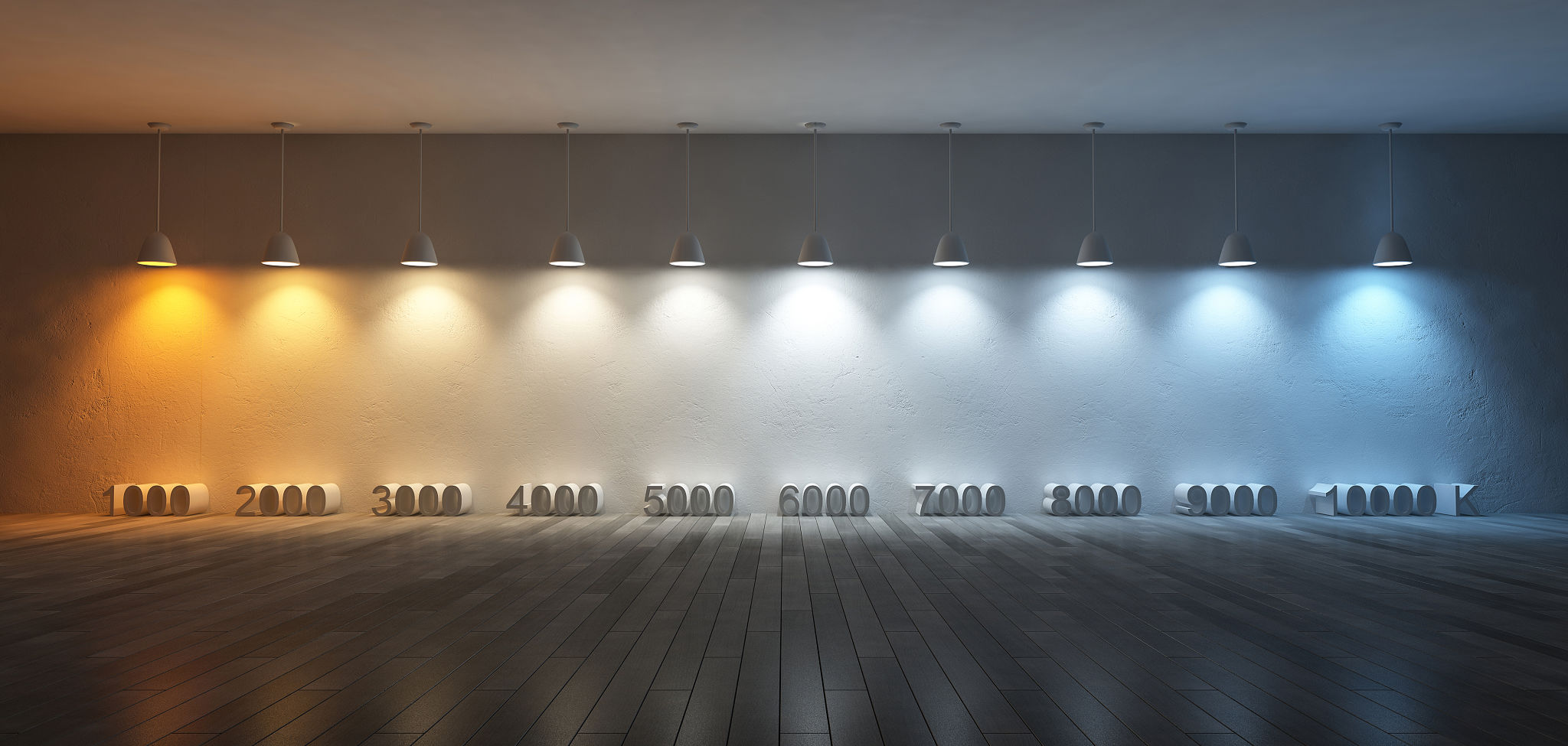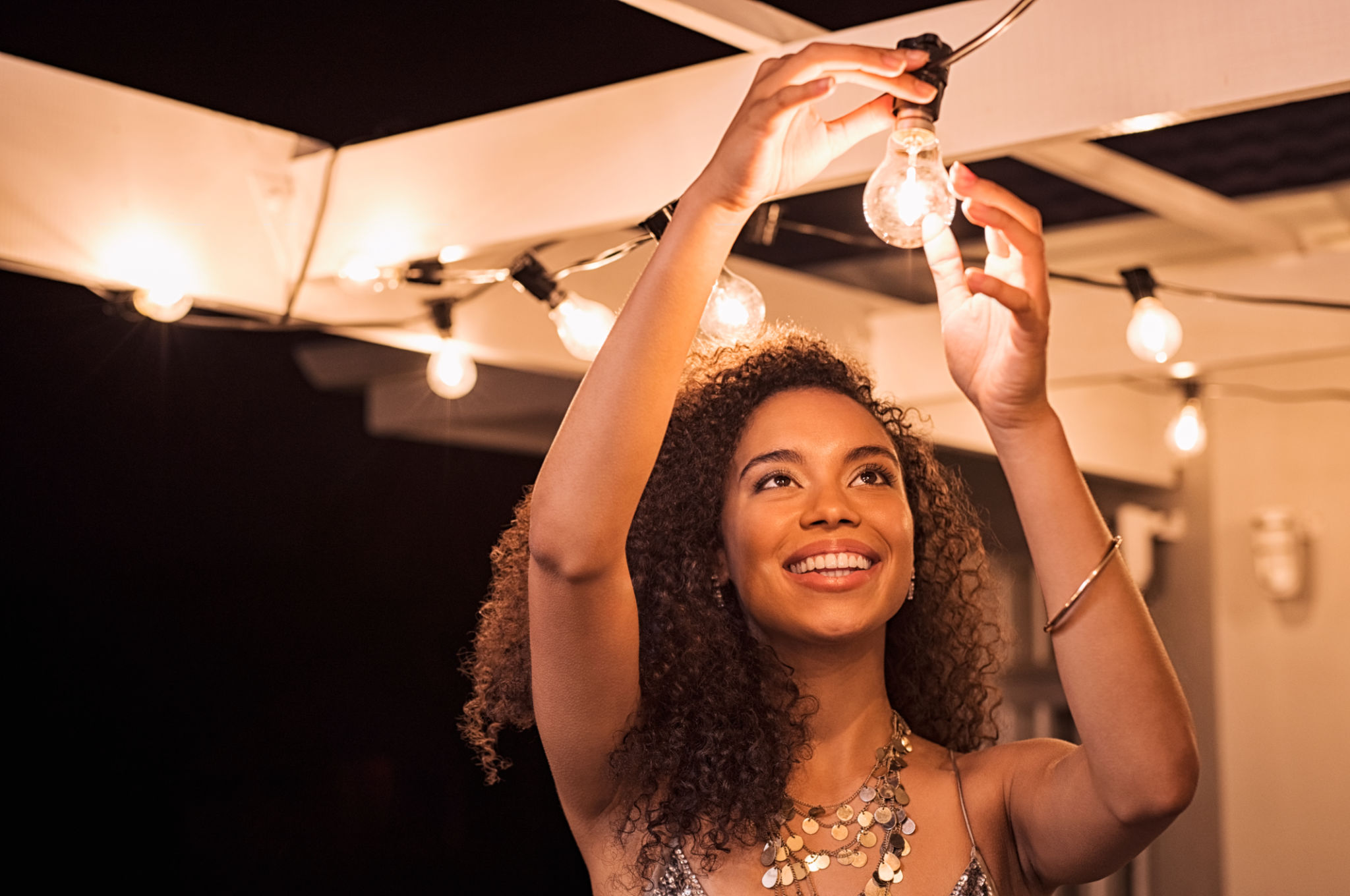Myths About LED Lighting Debunked: What You Need to Know
Understanding LED Lighting
LED lighting has become increasingly popular in recent years due to its energy efficiency, longevity, and versatility. However, as with any technology, there are numerous myths and misconceptions surrounding LED lights that can lead to confusion and misinformation. In this blog post, we aim to debunk some of the most common myths about LED lighting and provide you with accurate information.

Myth 1: LED Lights Are Too Expensive
One of the most persistent myths about LED lighting is that it is prohibitively expensive. While it's true that the initial cost of LED bulbs can be higher than traditional incandescent or CFL bulbs, it's important to consider the long-term savings. LED lights have a longer lifespan and use significantly less energy, which translates to reduced electricity bills over time. In fact, many homeowners and businesses find that their investment in LED lighting pays off within just a few years.
Myth 2: LEDs Have Poor Light Quality
Another common misconception is that LED lights produce harsh, cold light. This may have been the case with early LED technology, but modern LEDs are available in a wide range of color temperatures and can mimic the warm glow of incandescent bulbs. Many LED lights are also dimmable, allowing you to adjust the brightness to suit your needs and create the perfect ambiance for any setting.

Myth 3: LED Lights Don’t Last as Long as Claimed
Some people believe that LED lights do not last as long as manufacturers claim. However, this myth often arises from misunderstandings about how LEDs work. Unlike traditional bulbs that burn out suddenly, LEDs gradually dim over time. A typical LED bulb has a lifespan of 25,000 hours or more, which is significantly longer than incandescent bulbs. It's important to choose high-quality LEDs from reputable manufacturers to ensure maximum longevity.
Myth 4: LEDs Are Not Environmentally Friendly
There's a misconception that LED lighting is not environmentally friendly due to the materials used in their construction. In reality, LEDs are one of the most eco-friendly lighting options available. They consume less energy, reducing greenhouse gas emissions from power plants. Additionally, LEDs do not contain hazardous materials like mercury, which is found in CFL bulbs, making them safer for both the environment and disposal.

Myth 5: All LEDs Are the Same
It's easy to assume that all LED lights offer the same performance and quality, but this is far from the truth. There are significant differences in quality between various brands and models. When purchasing LEDs, it's crucial to look for products with a high Color Rendering Index (CRI), energy efficiency certifications like ENERGY STAR, and warranties that guarantee performance.
The Future of LED Lighting
As technology continues to advance, LED lighting will only become more efficient and versatile. Innovations such as smart LEDs that can be controlled via smartphone apps offer even more customization options for consumers. Understanding the benefits and dispelling myths about LED lighting can help you make informed decisions about your lighting needs.
In conclusion, debunking these myths allows us to appreciate the true value of LED lighting. Whether you're looking to save on energy costs or reduce your environmental footprint, LEDs provide an excellent solution that aligns with modern living standards.